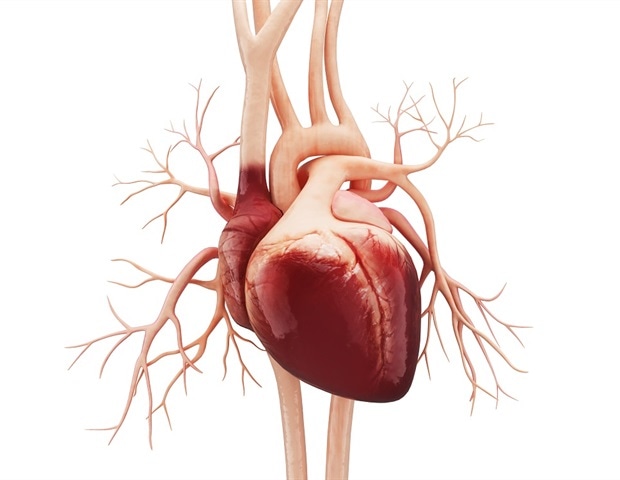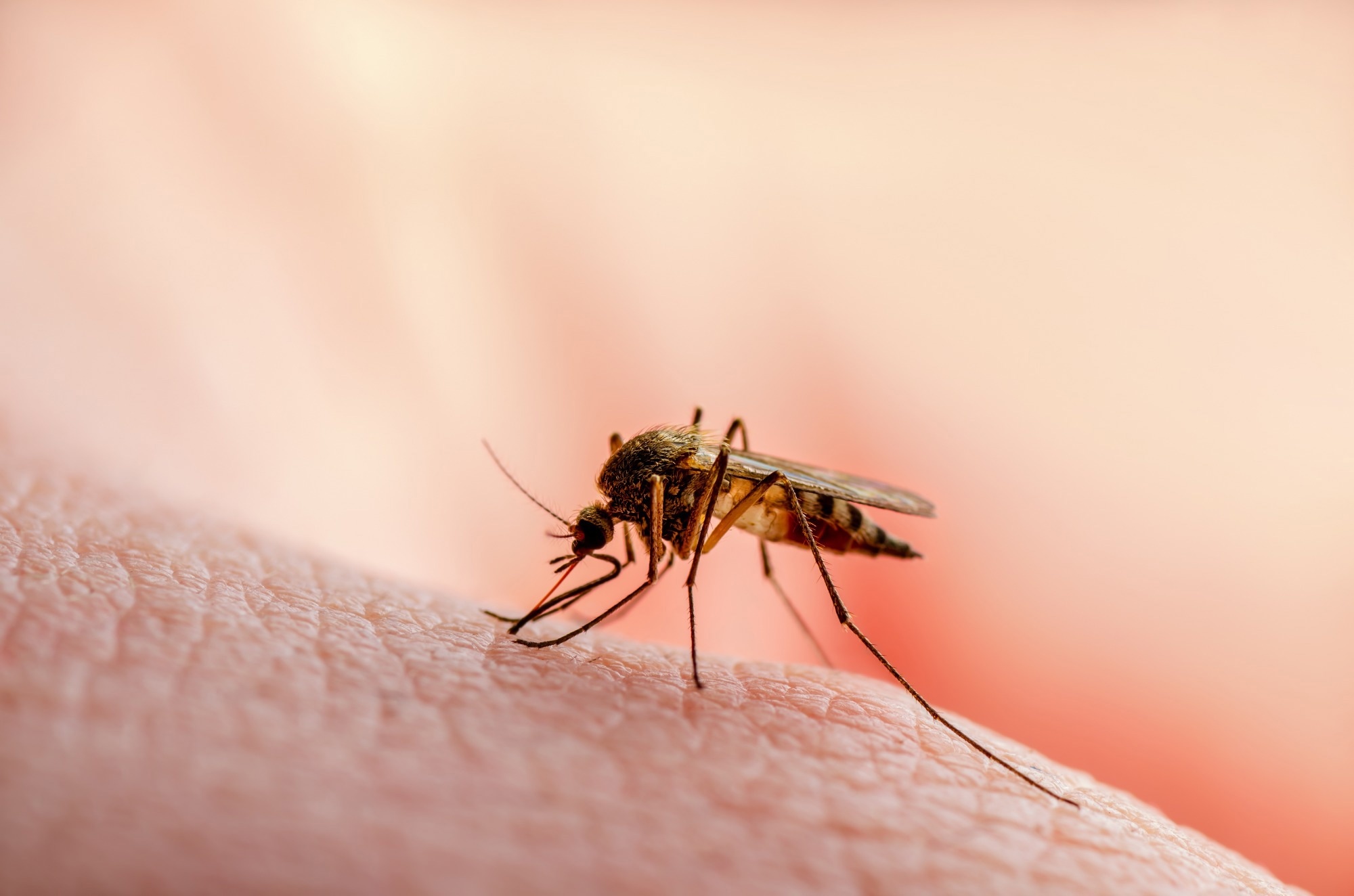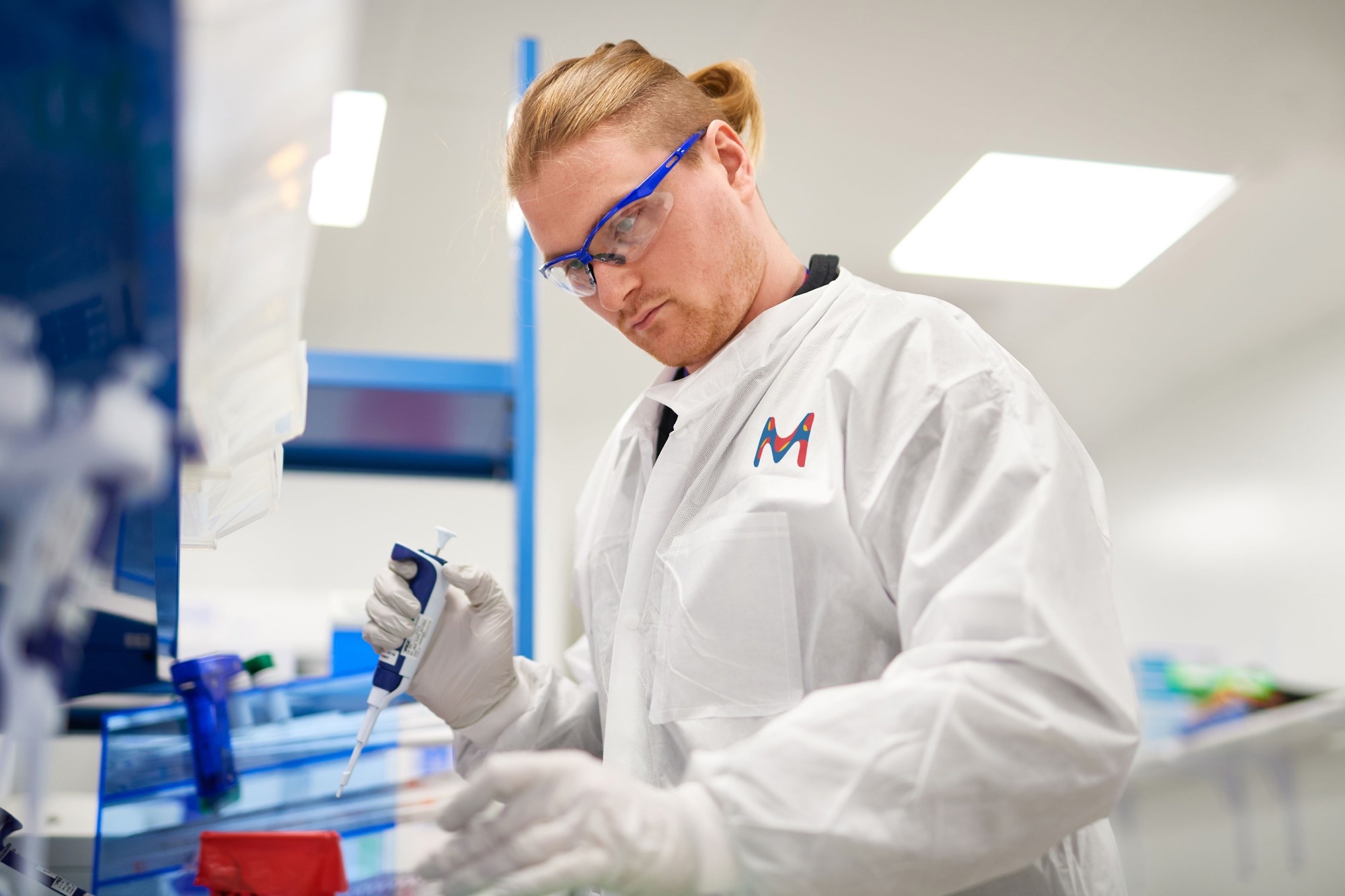
Editing a gene that prompts a cascade of damage after a heart attack appeared to reverse this inevitable course in mice, leaving their hearts remarkably unharmed, a new study by UT Southwestern scientists showed. The findings, published in Science, could lead to a new strategy for protecting patients from the consequences of heart disease.
Usually, depriving the heart of oxygen for an extended period, as often happens in a heart attack, will damage it substantially. But those animals whose heart muscles were subjected to gene editing after induced heart attacks seem to be essentially normal in the weeks and months afterward.”
Eric Olson, Ph.D., Director of the Hamon Center for Regenerative Science and Medicine and Chair of Molecular Biology at UTSW
Eric Olson co-led the study with Rhonda Bassel-Duby, Ph.D., Professor of Molecular Biology.
Since its discovery a decade ago, the CRISPR-Cas9 gene editing system has been used by scientists to correct genetic mutations responsible for disease, including work by the Olson lab on Duchenne muscular dystrophy. However, Dr. Bassel-Duby explained, these diseases caused by mutations affect relatively small groups of people, whereas nongenetic diseases affect far larger numbers. For example, cardiovascular diseases are the leading cause of death globally, killing about 19 million people every year.
Researchers recently discovered that much of the damage from a heart attack – an event characterized by blockage of blood vessels that feed the heart, depriving it of oxygen – is caused by overactivation of a gene called CaMKIIδ. This gene plays a variety of roles in heart cell signaling and function. The overactivation occurs when the heart is stressed, prompted by oxidation of two methionine amino acids that form part of the CaMKIIδ protein.
Drs. Olson and Bassel-Duby and their colleagues reasoned that if these methionines could be converted to a different amino acid instead, oxidation wouldn’t occur, sparing the heart from CaMKIIδ overactivation and subsequent damage after a heart attack.
To test this idea, Simon Lebek, M.D., a postdoctoral fellow, and other members of the team used CRISPR-Cas9 to edit CaMKIIδ in human heart cells growing in a petri dish. Tests showed that when unedited heart cells were placed into a low-oxygen chamber, they developed numerous markers of damage and subsequently died. However, the edited cells were protected from damage and survived.
The researchers then tried a similar experiment in live mice, inducing a heart attack in these animals by restricting blood flow to their heart’s main pumping chamber for 45 minutes and then delivering CaMKIIδ gene editing components directly to some animals’ hearts. Both mice that received gene editing and those that did not had severely compromised heart function in the first 24 hours after their heart attacks. But while the mice without the gene editing continued to worsen over time, those that received gene editing steadily improved over the next few weeks, ultimately achieving cardiac function that was nearly indistinguishable from before their heart attacks.
Further research showed that the gene editing appeared to be isolated to the heart – there was no evidence of edited CaMKIIδ in other organs, including the liver, brain, or muscles. No negative side effects were apparent almost a year out from treatment, Drs. Olson and Bassel-Duby said. The treatment also appeared to be durable, they added, noting that the gene-edited mice were able to do heavy exercise similar to mice that never had heart attacks.
Although this treatment will need substantial safety and efficacy studies before it can be used in humans, the researchers suggest that gene editing could offer a promising solution for treating patients in the aftermath of a heart attack and could have potential for a range of other nongenetic diseases.
“Rather than targeting a genetic mutation, we essentially modified a normal gene to make sure it wouldn’t become harmfully overactive. It’s a new way of using CRISPR-Cas9 gene editing,” Dr. Bassel-Duby said.
Dr. Olson holds the Pogue Distinguished Chair in Research on Cardiac Birth Defects, The Robert A. Welch Distinguished Chair in Science, and the Annie and Willie Nelson Professorship in Stem Cell Research.
Other UTSW researchers who contributed to this study include Francesco Chemello, Xurde M. Caravia, Wei Tan, Hui Li, Kenian Chen, Lin Xu, and Ning Liu.
This study was funded by grants from the National Institutes of Health (R01HL130253, R01HL157281, and P50HD087351); Leducq Foundation Transatlantic Networks of Excellence; The Robert A. Welch Foundation (1-0025); the German Research Foundation (LE 5009/1-1); the German Cardiac Society; and the Cancer Prevention and Research Institute of Texas (RP210099).
Source:
UT Southwestern Medical Center
Journal reference:
Lebek, S., et al. (2023) Ablation of CaMKIIδ oxidation by CRISPR-Cas9 base editing as a therapy for cardiac disease. Science. doi.org/10.1126/science.ade1105.















